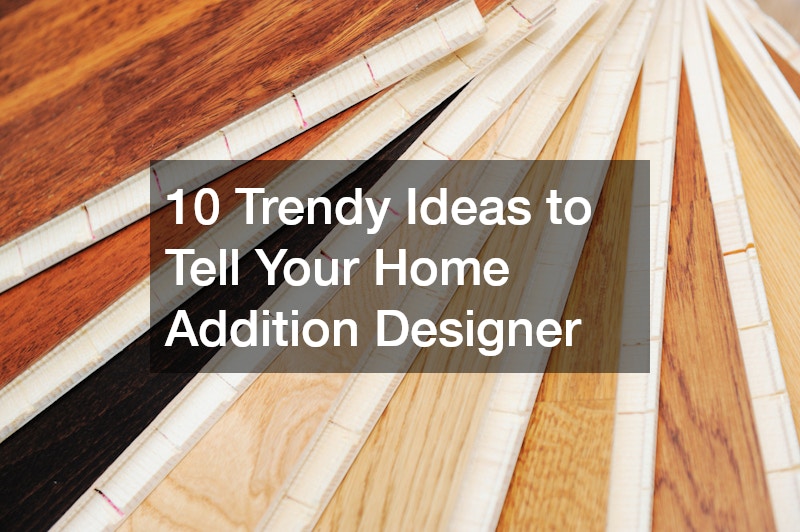Transforming your living space with a new addition is one of the most rewarding ways to enhance your home’s functionality, comfort, and value. Whether you’re expanding your kitchen, creating a home office, or adding an entire new floor, a well-planned addition can completely redefine how you experience your home. However, such an undertaking requires more than just a vision — it demands expertise, planning, and creative problem-solving.
Partnering with a skilled home addition designer ensures that every element of your project is thoughtfully crafted, from the architectural layout to the finishing details. A designer helps you balance practicality with aesthetics, ensuring your new space complements your existing structure while adding a fresh, modern touch. They also coordinate with contractors, engineers, and suppliers to streamline the process and prevent costly mistakes.
In this article, we’ll explore ten trendy ideas you can discuss with your home addition designer. These concepts highlight the latest innovations in design, sustainability, technology, and comfort. Whether you’re interested in maximizing natural light, integrating smart home features, or creating seamless indoor-outdoor transitions, these ideas will inspire you to turn your home addition into a personalized sanctuary that reflects your lifestyle and taste.
1. How Can I Maximize Space in My Home Addition?
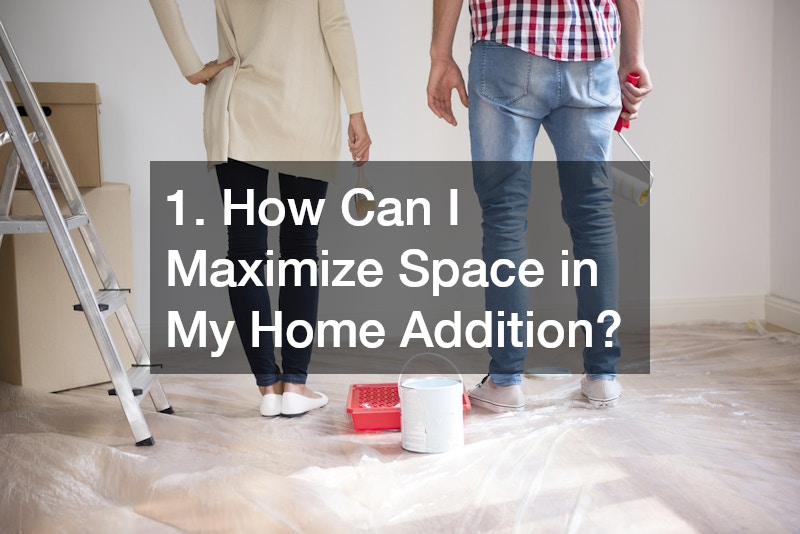
When planning an addition, the goal is often to create more usable space without losing flow or comfort. Your home addition designer will assess how to optimize square footage by considering both structural and spatial efficiency.
Working closely with remodeling contractors, your designer can suggest creative layouts that make even compact additions feel spacious. Open-concept floor plans, vaulted ceilings, and multi-functional furniture are excellent strategies to achieve this. Built-in shelving, under-stair storage, and custom cabinetry can add valuable functionality without increasing the footprint.
Another effective approach is to connect the new addition strategically with existing rooms. For example, expanding a kitchen into an unused dining area or integrating a sunroom into a living space creates continuity and maximizes usability.
Your designer may also recommend flexible zones — areas that serve multiple purposes throughout the day. A home office that doubles as a guest room or a loft space that functions as both a playroom and reading nook can increase versatility. By combining aesthetic appeal with clever spatial solutions, your home addition designer ensures that every square foot contributes to your comfort and convenience.
2. What Are the Best Eco-Friendly Materials for Home Additions?
Sustainability is more than a trend — it’s a guiding principle in modern home design. A knowledgeable home addition designer can help you select environmentally friendly materials that reduce waste, conserve energy, and create a healthier indoor environment.
From recycled steel and reclaimed wood to bamboo flooring and low-VOC paints, today’s eco-conscious materials offer both style and durability. Designers often collaborate with water treatment service professionals to incorporate efficient water systems such as greywater recycling or low-flow plumbing fixtures, minimizing environmental impact.
Insulation plays a crucial role as well. Using natural materials like wool, cork, or cellulose can enhance energy efficiency while maintaining superior air quality. Solar panels, energy-efficient windows, and green roofing options further reduce long-term costs and carbon footprint.
Your home addition designer can also recommend sustainable finishes — such as quartz countertops or recycled glass tiles — that align with your desired aesthetic while supporting eco-friendly practices. Discussing these options early in the design phase ensures that your addition is both beautiful and responsible, combining comfort with conscientious living.
3. How to Ensure My Home Addition Design Matches the Existing Structure?
One of the most common challenges in expanding a home is achieving harmony between the old and new sections. A skilled home addition designer knows how to blend architectural elements seamlessly to maintain curb appeal and structural coherence.
Start by analyzing the existing design features — roof pitch, window proportions, siding materials, and color palette. Matching these details ensures a smooth visual transition. Your designer will also work closely with pest control service experts during planning, especially when connecting additions to older structures, to prevent infestations that can arise from disturbed foundations or wall cavities.
Incorporating transitional spaces such as breezeways, glass connectors, or shared patios can create a natural flow between the main house and the addition. Internally, maintaining consistent ceiling heights, flooring materials, and trim styles enhances continuity.
If your home’s architecture is historic or distinctive, your home addition designer can source period-appropriate materials and details that respect its original charm while introducing modern comfort. Whether you’re expanding upward, outward, or across multiple levels, thoughtful integration ensures that your addition enhances — rather than competes with — your home’s existing character.
4. What Are the Trending Designs for Home Offices?
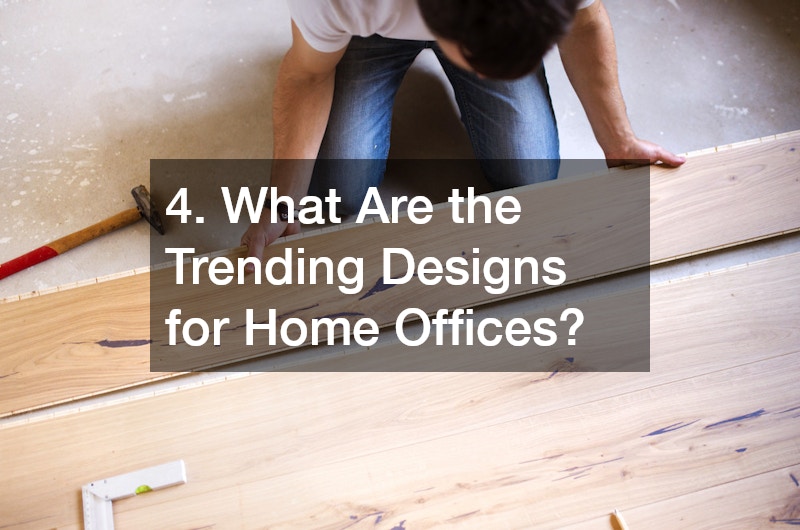
As remote work continues to shape modern lifestyles, home offices have become one of the most popular types of additions. Collaborating with a home addition designer ensures your workspace is both functional and inspiring.
Modern home office designs emphasize comfort, technology, and personalization. Designers often coordinate with affordable plumbers if the space includes adjacent bathrooms or kitchenette areas, ensuring convenience during long workdays.
Trending office features include built-in shelving, soundproof walls, and ergonomic furniture designed for productivity. Natural lighting is also key — positioning your workspace near large windows reduces eye strain and enhances mood. Consider energy-efficient LED lighting and layered illumination for versatility.
A home addition designer may also recommend biophilic elements, such as indoor plants or natural materials, to promote focus and relaxation. Adding sliding doors or movable partitions allows the office to transform into a guest room or creative studio when needed.
Finally, smart storage solutions — such as hidden cabinets and wall-mounted desks — keep clutter at bay, ensuring a professional, organized environment. Your home office addition can become a true extension of your personal and professional goals with the right design guidance.
5. How Can I Create a Seamless Indoor-Outdoor Living Space?
Blurring the boundaries between indoor and outdoor living is one of today’s most desirable design trends. A home addition designer can help you achieve this balance through architectural flow and material consistency.
Large sliding glass doors, retractable walls, and expansive windows encourage natural light and easy movement between spaces. Collaborating with a local AC service ensures proper climate control, allowing you to enjoy comfort regardless of the season.
Outdoor kitchens, covered patios, and pergolas extend your living area, creating perfect settings for entertaining or relaxation. Use complementary materials — such as matching stone, wood, or tile — to unify indoor and outdoor aesthetics.
Landscaping also plays a crucial role. By aligning pathways, garden beds, and lighting with the home’s design, your home addition designer can create an outdoor experience that feels like a natural continuation of your interior.
Incorporating weather-resistant furniture and energy-efficient lighting enhances usability throughout the year. When designed thoughtfully, indoor-outdoor spaces elevate your home’s ambiance and increase overall property value — proving that your addition isn’t just an extension, but a lifestyle upgrade.
6. What Are Some Smart Home Technologies to Integrate?
Incorporating modern technology into your home addition enhances both convenience and efficiency. A forward-thinking home addition designer will recommend smart features that make your space more functional and future-ready.
From automated lighting and thermostats to voice-controlled appliances, today’s innovations create homes that adapt to your lifestyle. Integrating these systems during the design phase ensures seamless wiring and compatibility.
For larger projects, consult with specialists in roof replacement or electrical work to ensure your home’s infrastructure can handle added loads. Smart energy systems, such as solar panels and energy monitoring devices, can significantly reduce utility costs over time.
Security technology is another key area. Motion sensors, smart locks, and video doorbells offer peace of mind while blending discreetly into the architecture.
Your home addition designer can also integrate entertainment systems — such as built-in speakers or projection screens — for a high-end touch. Combining design with technology transforms your addition into an intelligent, responsive environment where comfort meets innovation.
7. How Can Light Be Optimized in My New Space?
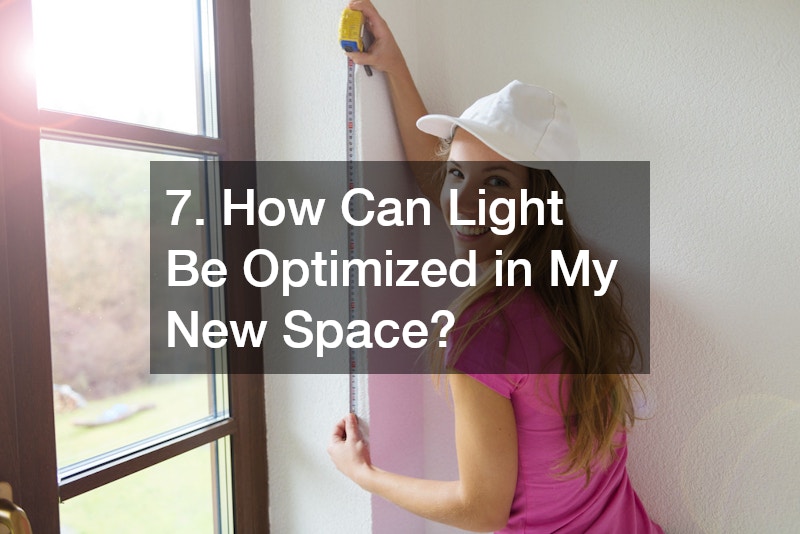
Lighting is one of the most transformative aspects of any addition. A skilled home addition designer understands how to use both natural and artificial light to shape mood, depth, and functionality.
Start by maximizing natural illumination through strategic window placement, skylights, or glass doors. Designers often collaborate with heating contractors to ensure that additional windows or openings don’t compromise energy efficiency or insulation.
Layered lighting is another key trend — combining ambient, task, and accent lighting for balance and versatility. Recessed lights, pendant fixtures, and wall sconces work together to highlight architectural features and create visual warmth.
Your designer might also suggest light-reflective surfaces, such as glossy paint or mirrors, to enhance brightness in smaller spaces. Dimmer controls, motion sensors, and energy-efficient LED bulbs offer customization and sustainability.
8. What Are the Latest Trends in Kitchen Additions?
Kitchen additions are among the most valuable upgrades homeowners can make. Partnering with a home addition designer helps you create a space that’s both stylish and practical, tailored to your cooking and entertaining needs.
Open layouts remain popular, fostering connection between the kitchen and adjacent living spaces. A local plumbing service ensures proper installation of new water lines and fixtures, while your designer focuses on aesthetics and workflow efficiency.
Trending kitchen designs feature large islands, quartz countertops, and hidden storage solutions that keep clutter out of sight. Smart appliances, such as Wi-Fi-enabled ovens and touchless faucets, enhance convenience and hygiene.
Color palettes are shifting toward natural hues — think soft greens, warm neutrals, and matte finishes — creating a sophisticated yet comfortable atmosphere. Your home addition designer can also incorporate statement lighting or a mix of textures to add visual interest.
Finally, eco-friendly upgrades like induction cooktops, recycled materials, and efficient ventilation systems align with sustainable living trends. A thoughtfully designed kitchen addition not only elevates your home’s value but also becomes the heart of your daily routine.
9. How Do I Create a Functional Yet Stylish Bathroom Addition?
Bathroom additions are an excellent way to enhance comfort and convenience, especially for growing families or guests. A professional home addition designer can help you create a bathroom that feels luxurious while maintaining practical functionality.
Start by optimizing layout efficiency — placing showers, tubs, and vanities to maximize space while ensuring comfort. Collaboration with custom deck builders can help extend spa-like elements outdoors, such as private patios or hot tub areas that complement the bathroom’s design.
Modern trends emphasize clean lines, natural materials, and minimalist fixtures. Floating vanities, frameless glass showers, and matte black accents are particularly popular. Heated floors, ambient lighting, and smart mirrors add comfort and a touch of modern luxury.
Your home addition designer will also consider ventilation, plumbing access, and waterproofing to prevent long-term maintenance issues. Eco-conscious options, such as low-flow toilets and water-saving faucets, reduce waste while maintaining style.
10. What Considerations Should Be Made for a Family Room Addition?
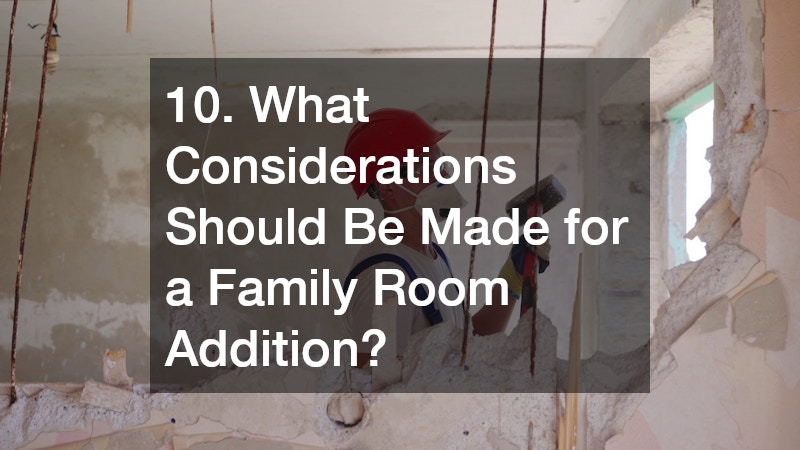
A family room addition is often the most lived-in space in a home, making comfort and versatility top priorities. Collaborating with a home addition designer ensures your new space accommodates every member of the household while reflecting your personal style.
Begin by discussing layout and traffic flow. Your designer will work with local paving contractors if the addition connects to outdoor patios or driveways, ensuring smooth transitions between indoor and outdoor areas.
Family rooms today favor open designs with cozy seating arrangements, ample storage, and built-in entertainment systems. Durable materials, such as hardwood flooring or stain-resistant fabrics, are ideal for high-traffic areas.
Lighting plays a key role — combining large windows for daylight with layered artificial lighting for evening comfort. Acoustic treatments, such as insulated walls or soft textiles, enhance sound quality and reduce noise.
Your home addition designer can also incorporate flexible zones within the room, such as reading corners, play areas, or media centers, to cater to diverse needs. The result is a warm, inviting environment where family and friends naturally gather — the true heart of your home.
Discussing these trendy ideas with your home addition designer can transform your home into a stylish, functional, and future-ready space. Whether you’re expanding a kitchen, designing a serene bathroom, or creating an innovative home office, collaboration and communication are key to success.
Ultimately, the partnership with a home addition designer empowers you to reimagine your living environment with confidence. With clear goals, thoughtful planning, and expert guidance, your next home addition can become more than just an expansion — it can be a true reflection of your lifestyle, personality, and aspirations.
